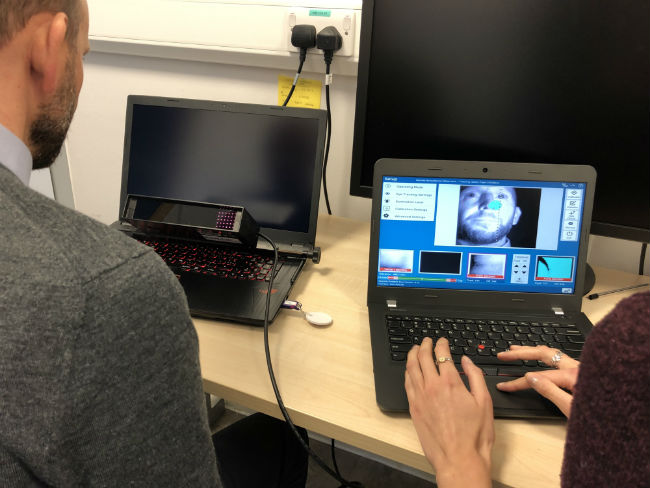Visual decision making and reasoning in an uncertain world

Humans, like any other animal, use vision to make decisions about the world. These decisions can relate to what objects are present in a scene, where they are, or their characteristics: for example how fast is it moving, or how big it is.
Visual information is used to make decisions about how to act. The information that informs these decisions arrives over time, and so our level of certainty about the object may also grow over time too.
BVI researchers Iain Gilchrist, Casimir Ludwig and Gaurav Malhotra, with funding from EPSRC have developed mathematical models of decision making that track the accumulation of evidence over time and allow us to model both what decision will be made and when that decision will occur. These models mirror the behaviour of individual neurons in the primate brain and provide an excellent description of human behaviour.
